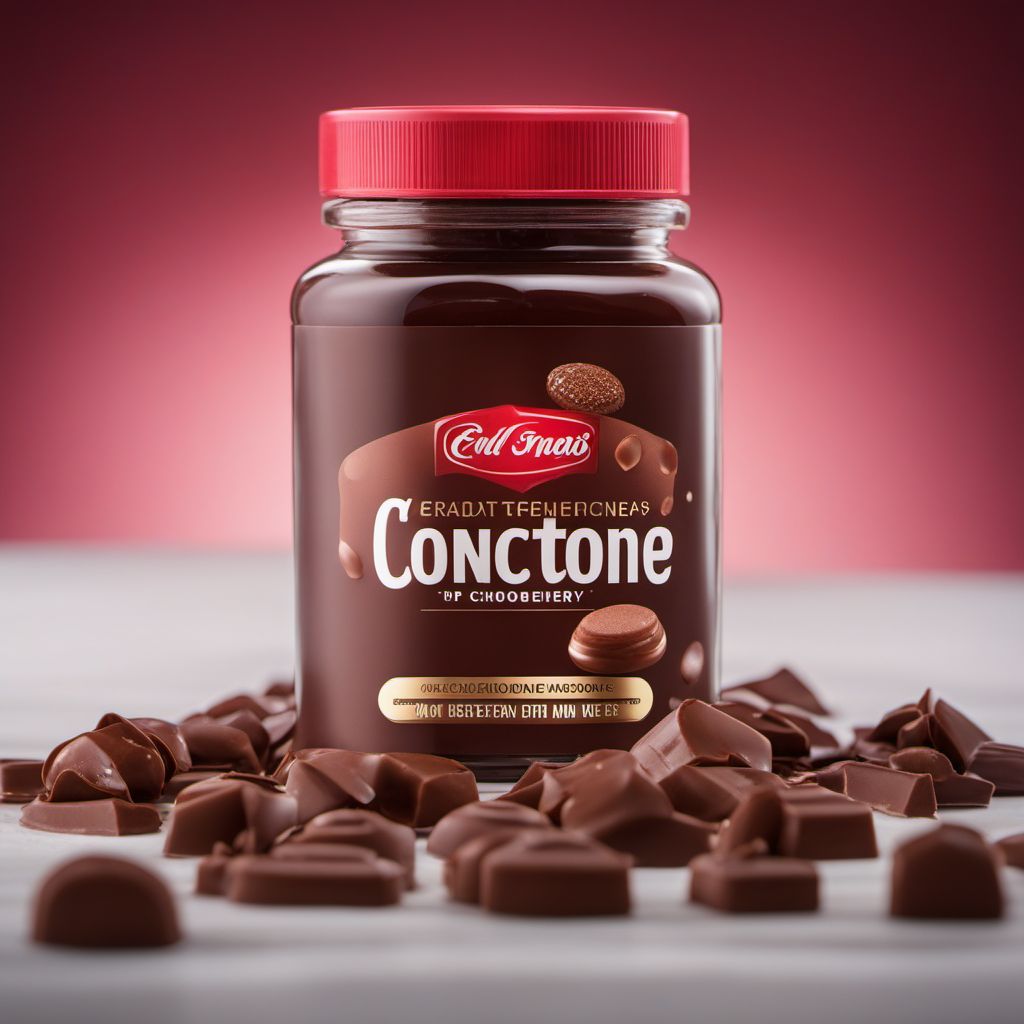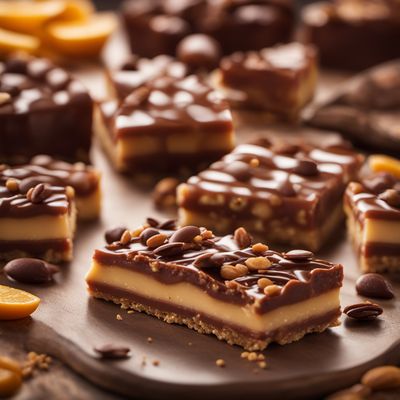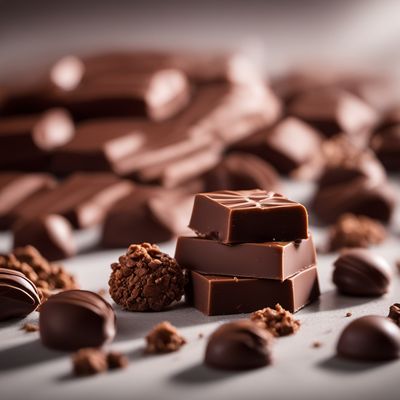
Ingredient
Confectionery including chocolate
Decadent Delights: Exploring the World of Confectionery
Confectionery, including chocolate, encompasses a variety of sweet treats made with sugar or other sweeteners. Chocolate, in particular, is derived from the cacao bean and comes in various forms such as dark, milk, and white chocolate. It has a smooth, velvety texture and a rich, indulgent taste that can range from sweet to bitter depending on the cocoa content. Confectionery also includes candies, gummies, caramels, and more, each with their own unique characteristics and flavors.
Origins and history
The history of confectionery dates back thousands of years, with evidence of sweet treats being enjoyed by ancient civilizations such as the Mayans and Aztecs. Chocolate, specifically, has its roots in Mesoamerica, where cacao beans were highly valued and used to create a bitter beverage. It wasn't until the 16th century that chocolate was introduced to Europe and underwent transformations to become the sweet confection we know today. Over time, confectionery has become an integral part of various cultures and celebrations around the world, symbolizing indulgence and joy.
Nutritional information
Confectionery, including chocolate, can be high in calories and sugar, so it is best enjoyed in moderation. However, dark chocolate contains antioxidants and may offer some health benefits when consumed in small amounts.
Allergens
Some confectionery products may contain common allergens such as nuts, dairy, or gluten. It is important to read the ingredient labels carefully to ensure they are safe for individuals with allergies or dietary restrictions.
How to select
When selecting confectionery, look for products made with high-quality ingredients. For chocolate, opt for brands that use a higher percentage of cocoa for a richer flavor. Check for any signs of discoloration or blooming, which may indicate poor storage or quality. For candies, choose those that are well-packaged and free from any signs of moisture or stickiness.
Storage recommendations
To maintain the freshness and quality of confectionery, store it in a cool, dry place away from direct sunlight. Chocolate should be kept at a temperature between 60-70°F (15-21°C) to prevent melting or blooming. It is best to store confectionery in airtight containers or packaging to prevent moisture absorption and maintain its texture.
How to produce
Confectionery is typically produced by professional chocolatiers and candy makers who have the necessary equipment and expertise. However, amateur bakers can experiment with making simple confections at home, such as chocolate truffles or homemade candies, using readily available recipes and ingredients.
Preparation tips
When working with chocolate, it is important to temper it properly to achieve a smooth and glossy finish. This involves melting the chocolate to a specific temperature, then cooling and reheating it to stabilize the cocoa butter crystals. Additionally, confectionery can be used in a variety of desserts, such as cakes, cookies, ice creams, and pastries, to add a touch of sweetness and indulgence.
Culinary uses
Confectionery, including chocolate, is widely used in desserts and confectionery creations. It can be incorporated into cakes, cookies, brownies, truffles, mousses, and more, adding a luxurious and indulgent element to these treats. Additionally, chocolate is often enjoyed on its own as a standalone treat or used as a coating for fruits, nuts, or other confections.
Availability
Confectionery, including chocolate, is available in most regions and countries around the world. However, certain specialty chocolates or candies may be more prevalent in specific regions known for their confectionery production, such as Belgium for chocolate or France for macarons.
More ingredients from this category

Chocolate substitutes
Decadent Alternatives: Exploring the World of Chocolate Substitutes

Chocolate/cocoa-based products
Decadent Delights: The World of Chocolate

Basic sweet masses
The Art of Sweet Masses

Sweet bars and other formed sweet masses
Indulgent Delights: Sweet Bars and Confections

Chocolate and similar
"Decadent Delights: Exploring the World of Chocolate and Its Kin"

Candies (soft and hard)
Sweet Delights: Exploring Soft and Hard Candies